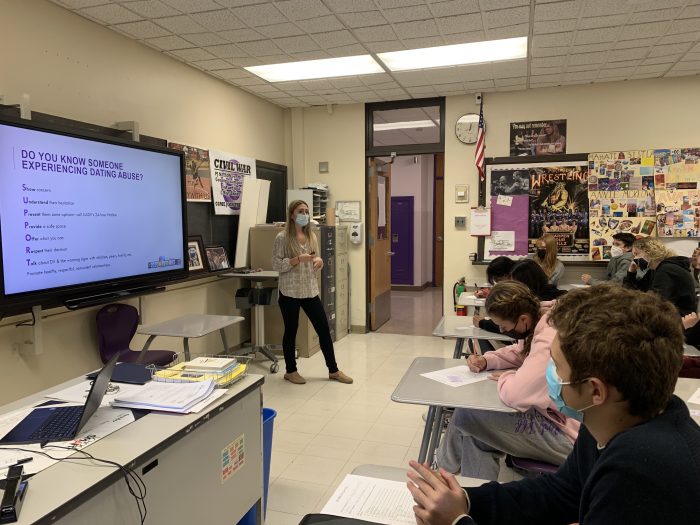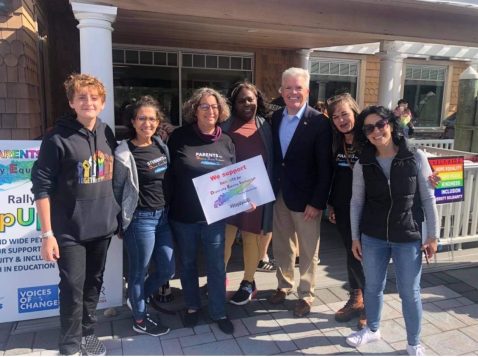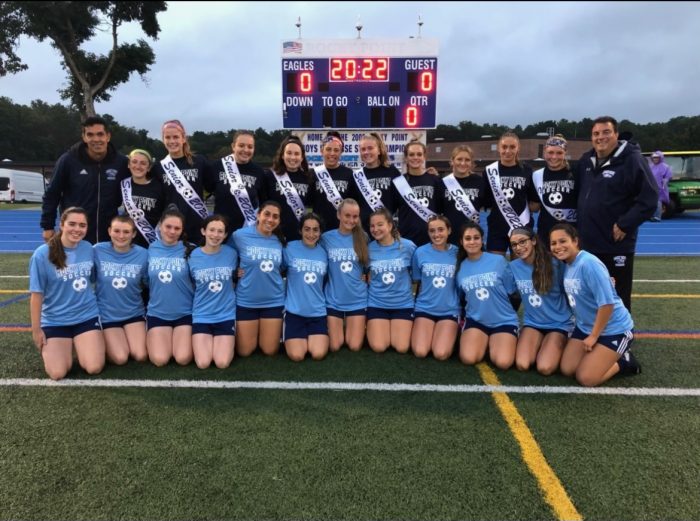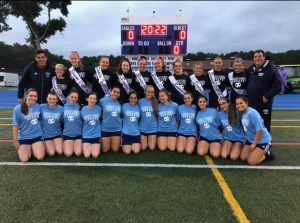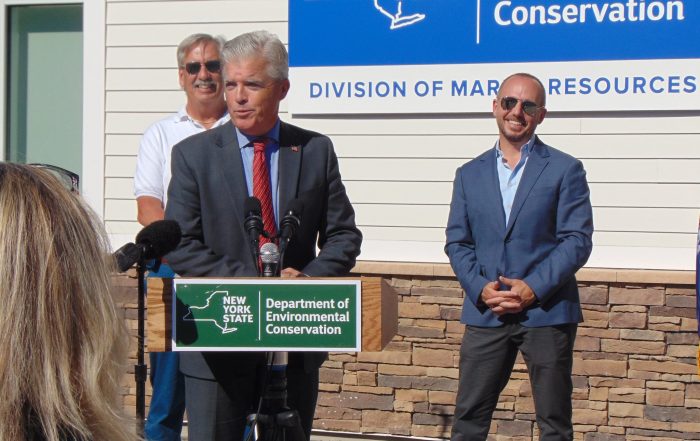By Leah S. Dunaief

There I was, tapping on my computer keyboard, when what sounded like a pneumatic drill started tapping right outside my window. I jumped up, ran down the hall, out the front door and around the house to be greeted by the sight of an unperturbed woodpecker.
Busily bobbing his beak into my shingles, he ignored me for a few seconds, despite my frantic hand waving and yelling, then cocked his head to see what the fuss was about. We looked at each other but he didn’t leave. I picked up a pine cone that had fallen on my driveway and threw it in his direction, along with a couple of words I wouldn’t repeat in polite company. Slowly, letting me know it was his idea, he flew away.
He left behind three black holes on the side of the house, each the size of a quarter. I went back inside to my computer, and then there he was again, rat-tat-tatting on the shingles. The words, “How much wood could a woodpecker peck if a woodpecker would peck wood?” passed through my mind as I again ran out the door and yelled. This time he moved away more quickly. I made a little pile of pine cones along the side of my driveway and returned to my computer. Not five minutes later, the scene repeated itself. I replenished my arsenal, knowing he would be back, and he was.
Good heavens, what was I to do, stand guard all day? What if I hadn’t been home? From the number and size of the holes, he had clearly been there before.
A truce seemed at hand. I pulled out my cell phone and dialed my neighbor. Yes, he was aware that there was an energetic woodpecker among us. In fact, hadn’t I heard? The neighbor on the other side of my house was having his wood shingles removed and replaced with vinyl that looked like wood but obviously didn’t taste the same. Maybe the culprit had just moved over to my shingles.
Next, I called my trusty neighborhood hardware store. Yes, they had heard of such a problem before and they did have one possible remedy, a roll of reflective tape for $7 that I should cut into 3-foot strips and hang from my house.
We rushed down to get the tape and also bought a roll of twine.
Back home we did as instructed, knotted the red and silver streamers to the twine at five-foot intervals as if on a clothesline, then hung the entire line high up across the side of the house. We repeated the process for the front of the house where he had also started pecking. I am lucky to have saintly friends who executed these maneuvers on ladders for me. When it was done, we stood back and looked at the handwork. The house looked decorated for Halloween.
As you might expect of me, I researched “woodpeckers” on my computer and found four reasons that woodpeckers would carry on this way. The first was to make a “satisfyingly loud noise and proclaim that this was his territory and attract a mate.” Bully for him.
The other three explanations were less romantic but more practical: to find food in the shingles, especially larvae of carpenter bees, leafcutter bees and grass bagworms; to store food; for nesting.
I further found some good news, or at least some consolation. It seems that ancient cultures associated woodpeckers with luck, prosperity and spiritual healing. To other cultures they represented hard work, perseverance, strength and determination. Woodpeckers are, apparently, among the most intelligent and smartest birds in the world.
More good news in the form of fortune cookie messages: When they appear, it is time to unleash one’s potential and change any situation to one’s best advantage. From woodpeckers one can imbibe the skills of being resourceful and determined. They encourage the power to unshackle ingenuity and creativity in those around them.
Well, now you know. Whatever success ensues, I will owe it to my woodpecker.
P.S. After one more short visit, he has not come back.


